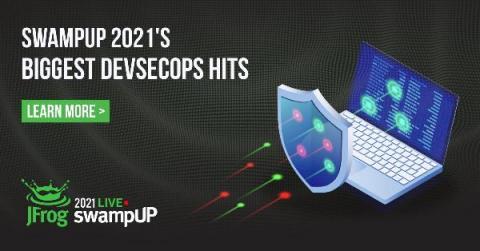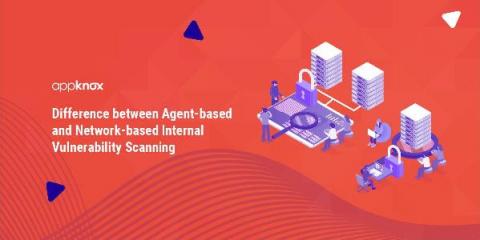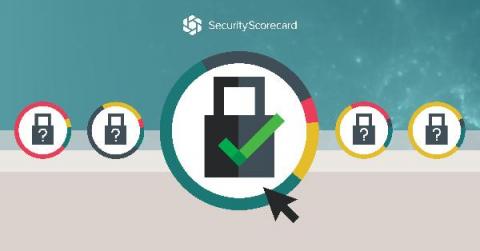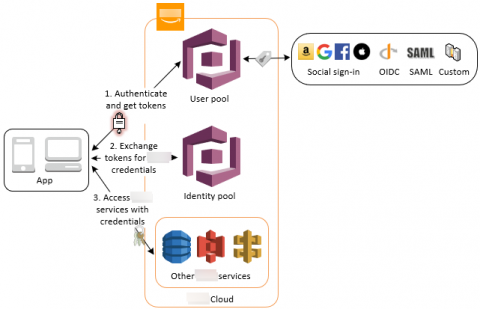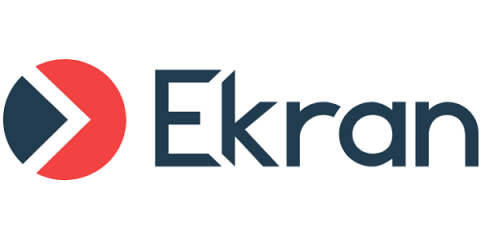The Biggest DevSecOps Hits From swampUP 2021
In the wake of recent events like the SolarWinds hack and the White House executive order on cybersecurity, DevSecOps and security are top-of-mind for most DevOps and security professionals. How to efficiently adapt or adopt a sound DevSecOps practice has become a priority, especially with the U.S. government’s impending mandate requiring software applications to be vetted, and to create a trusted Software Bill Of Materials (SBOM) for each one.


